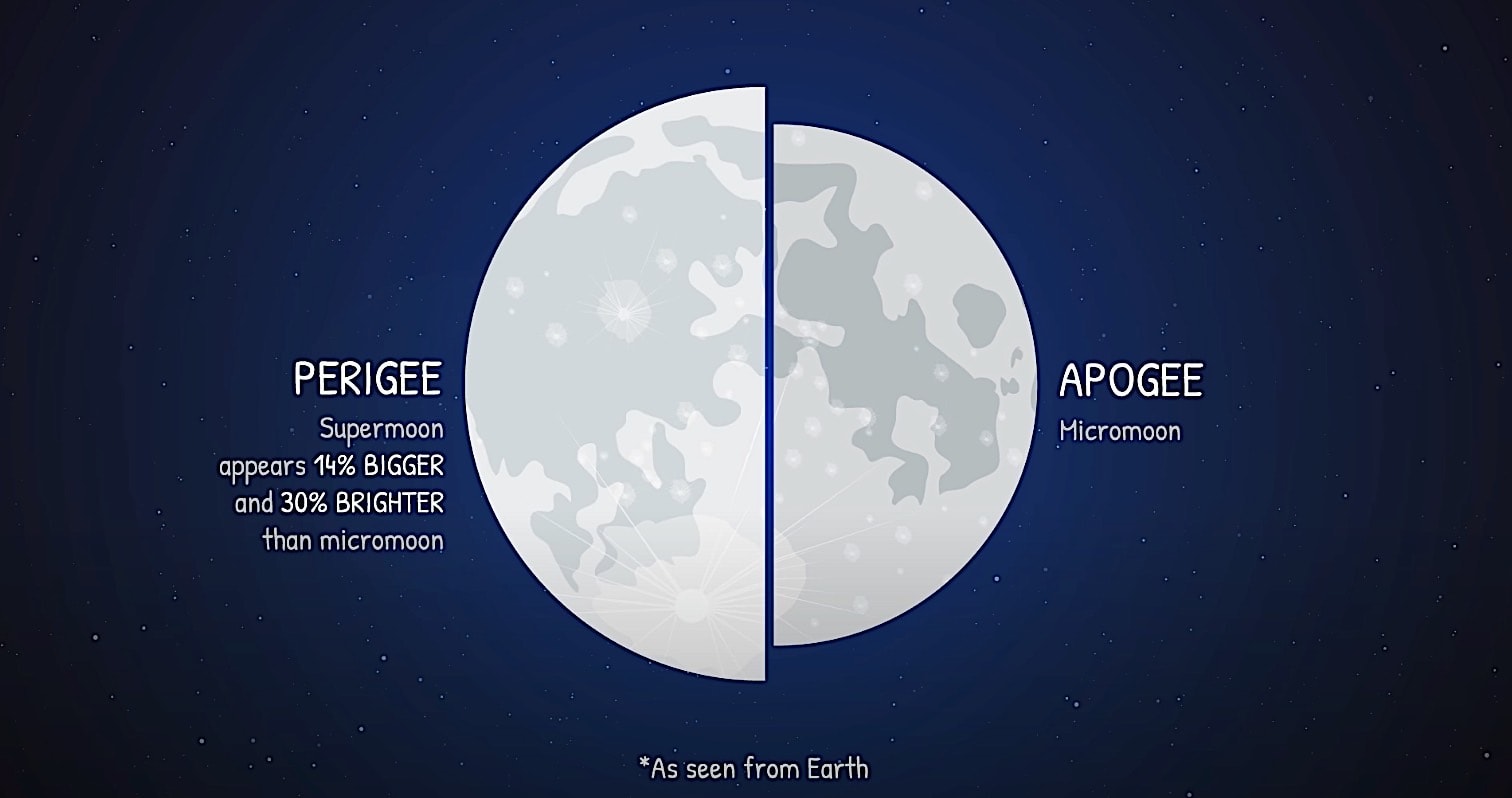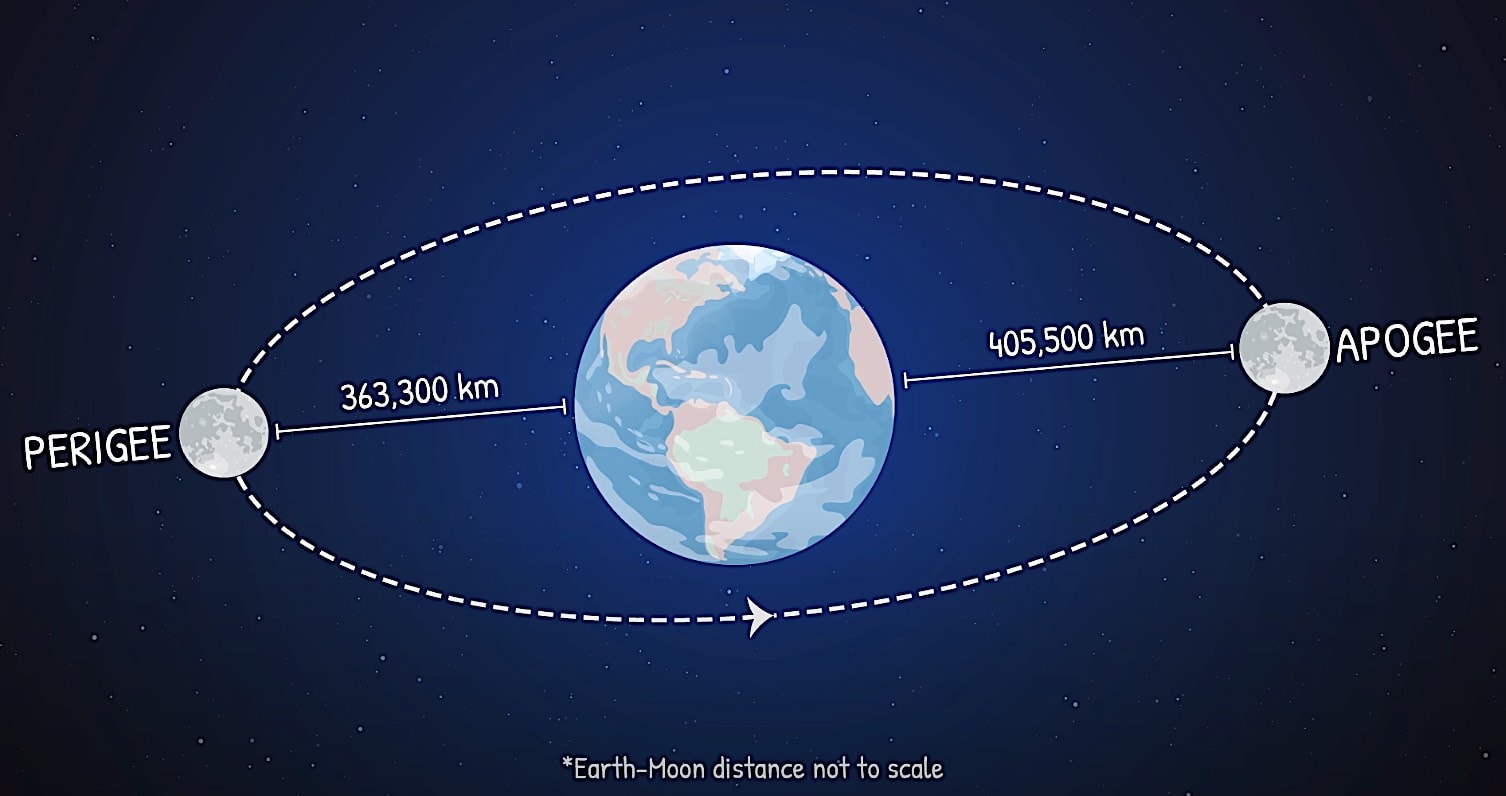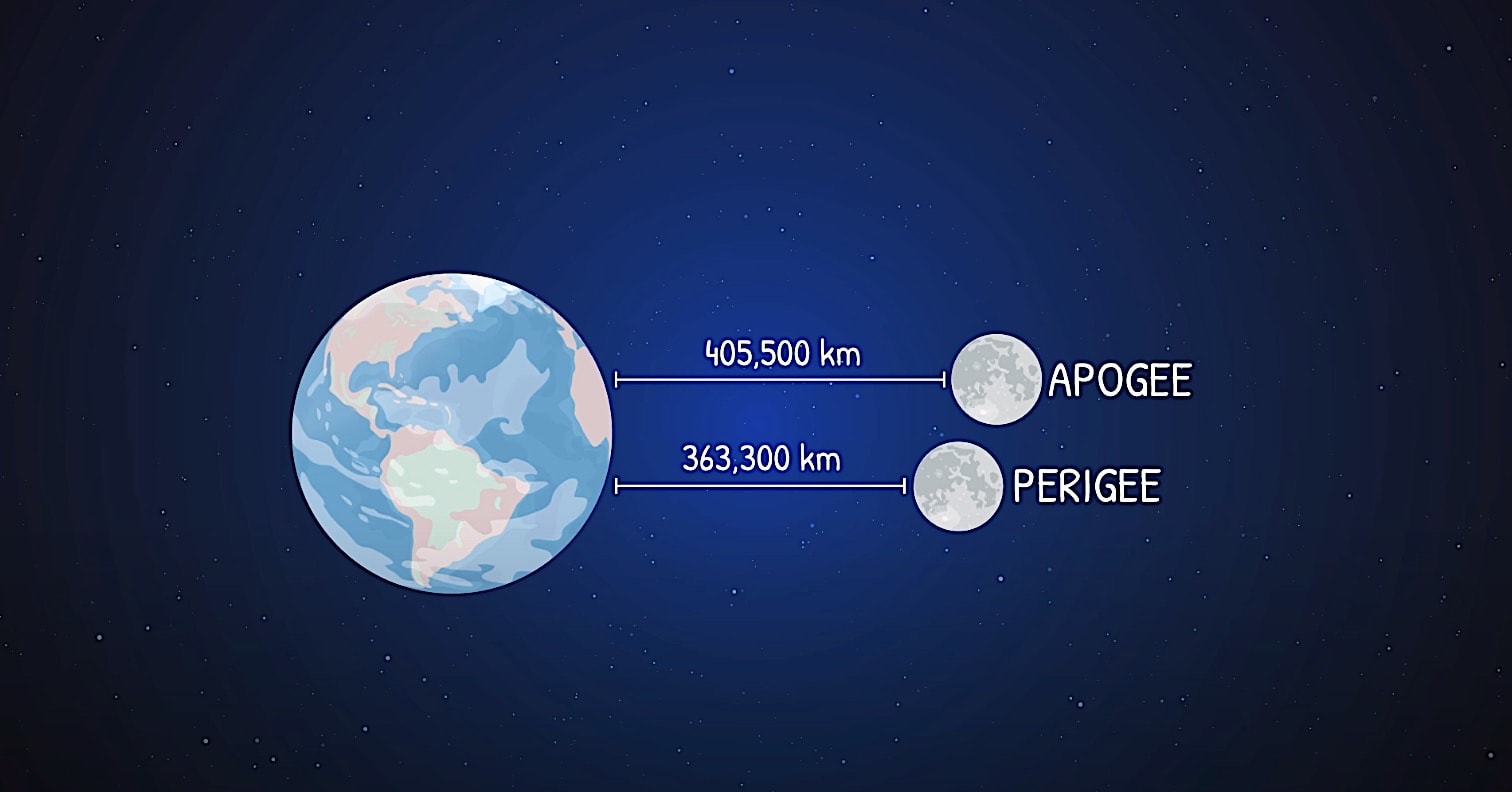The Moon, our steadfast celestial neighbor, often slips into the quiet backdrop of our nocturnal world. However, there are moments when it dramatically steps into the spotlight, casting an ethereal glow that fascinates our gaze. A supermoon, a term introduced in 1979, marks one of these extraordinary occurrences.
This lunar phenomenon arises when a full moon reaches its perigee, the closest point to Earth in its elliptical orbit. As a result, it appears notably larger and brighter than an ordinary full moon, creating a breathtaking spectacle in the night sky.

While these celestial wonders have inspired awe and wonder for centuries, their infrequent appearance and imposing size have also given rise to unfounded superstitions linking them to natural disasters such as earthquakes and volcanic eruptions.
Fortunately, 2024 is set to be a year of lunar enchantment, with four supermoons gracing our skies. The first of these, the enigmatic Blue Moon, will make its grand entrance on August 19th. Contrary to its name, this celestial event is not characterized by a blue hue but rather signifies the second full moon within a single calendar month, a rarity that has fascinated observers since the 16th century.
The enigmatic term “Blue Moon” has sparked countless theories. Some trace its roots to an old English phrase, suggesting the Moon was a “betrayer” for disrupting the calculation of religious holidays. However, the modern interpretation is far less dramatic.

It simply denotes either the second full Moon within a single calendar month or, as in the case approaching next week, the third full Moon in a season graced with four. This celestial event often aligns with another fascinating phenomenon: the supermoon. During this alignment, the Moon reaches its perigee, the closest point to Earth in its elliptical orbit.
This proximity amplifies the Moon’s apparent size by up to 14 percent and its brightness by as much as 30 percent, creating a truly awe-inspiring spectacle. Skywatchers are in for a treat in the coming months, with multiple opportunities to witness this lunar grandeur, including particularly striking supermoons in September and October.

